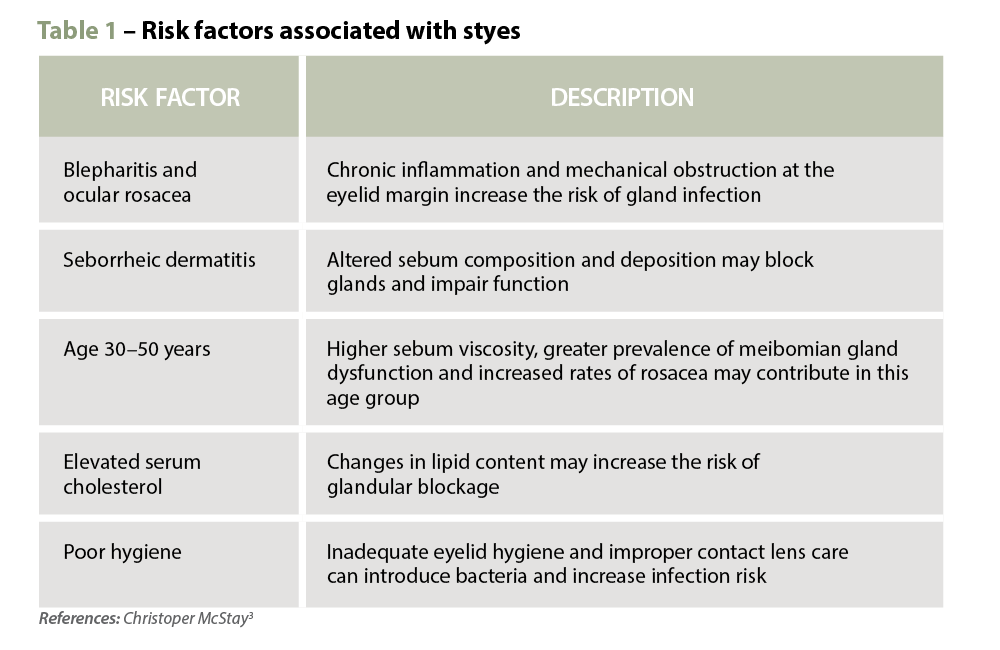The biggest pharmacy organisations in Australia have put out a joint statement to advance autonomous pharmacist prescribing.
The Joint Pharmacy Organisations’ Paper for Endorsed Pharmacist Prescribers, authored by PSA, the Pharmacy Guild of Australia and Advanced Pharmacy Australia, recommends that the Pharmacy Board of Australia introduce an endorsement for pharmacists to be able to prescribe autonomously within a self-determined scope of practice.
The proposed endorsement will enable pharmacists to use the full extent of their training for patient care. Pharmacists will be able to assume appropriate prescribing responsibilities within their scope across settings – improving access, safety and continuity of care, particularly where health care services are stretched.
Why endorse pharmacist prescribing?
The current fragmentation of prescribing authority between states and territories is leading to inequities in patient access and inconsistencies in professional recognition.
Endorsement would allow the Pharmacy Board of Australia to formally recognise pharmacists who meet specific education and competence standards as Endorsed Pharmacist Prescribers.
Will the endorsement support harmonisation?
Should endorsement be introduced, it’s proposed that uniform national standards be established, ensuring that all endorsed pharmacists are recognised to practise within their qualified scope.
The uniform national standards for pharmacist prescribing will potentially be achieved through a registration system under the Pharmacy Board of Australia, supported by the Health Professionals Prescribing Pathway. This framework provides a consistent, competency-based approach to prescribing that applies across all states and territories, ensuring all pharmacists across Australia are held to the same regulatory, educational and professional standards – creating a unified, transparent standard for safe and effective prescribing practice.

This will promote workforce mobility, allowing pharmacists to move freely between jurisdictions without re-credentialing.
‘A nationally consistent approach via registration endorsement through the Board for pharmacist prescribers is vital to ensure access to health care services is equitable for all Australian patients, and that pharmacists are able to work to their full scope of practice regardless of which setting they work in – community, hospital, general practice, or a residential aged care home,’ said PSA Vice President Professor Mark Naunton MPS.
How can pharmacists define their individual scope of practice?
A Decision-Making Framework for Scope of Practice will need to be developed by the Board alongside the endorsement to help pharmacists determine whether a particular prescribing activity falls within their competence and authority.
The proposed Framework should provide structured guidance for pharmacists to self-assess, document and justify their scope of practice in relation to prescribing activities. Pharmacists will be required to evaluate their competence, setting, patient needs and available resources before undertaking prescribing responsibilities.
‘The framework will ensure pharmacists prescribe autonomously but responsibly because they will be guided by their education and training, pharmacy practice standard, scope of practice, professional development, and collaboration with health care teams,’ Prof Naunton said.
How will pharmacists become Endorsed Pharmacist Prescribers?
The paper recommends that to gain endorsement, registered pharmacists must successfully complete an Australian Pharmacy Council (APC) accredited and Pharmacy Board of Australia approved course that aligns with the National Prescribing Competency Framework.
It’s proposed that pharmacists demonstrate the full range of competencies outlined in the Framework, including:
- understanding the patient and their clinical needs
- evaluating management options
- making shared prescribing decisions
- monitoring treatment outcomes.
Once endorsed, pharmacists’ registration record should note their prescribing authority, similar to arrangements for nurse and midwife prescribers. Endorsed pharmacists would remain accountable to the Pharmacy Board and must comply with the Code of Conduct, professional standards and continuing professional development requirements.
‘The PSA’s Prescribing Training Program will drive the skills and knowledge of pharmacists,’ Prof Naunton added.
What’s the evidence for pharmacist prescribing?
Numerous state- and territory-based pilots have demonstrated that pharmacist prescribing is safe, effective and highly valued by patients. The Victorian Community Pharmacy Pilot delivered over 23,000 services in its first year with 97% patient satisfaction and no safety concerns.
‘We’ve seen various pilot programs in action, in states like Queensland, New South Wales and Victoria. The goal is now establishing a consistent, national approach to pharmacist prescribing.’
Professor Mark Naunton MPS
Queensland’s pilot for chronic disease management has shown improved access in rural and remote areas, with positive outcomes for patients with chronic conditions. And hospital-based programs such as Partnered Pharmacist Medication Charting and Partnered Pharmacist Medication Prescribing have achieved up to 94% reductions in medicines errors, with shorter hospital stays for patients.
‘We’ve seen various pilot programs in action, in states like Queensland, New South Wales and Victoria. The goal is now establishing a consistent, national approach to pharmacist prescribing,’ Prof Naunton said.
What are the cost benefits?
Modelling by EY Australia estimates that pharmacist prescribing could generate $5.1 billion annually in combined benefits. These savings arise from avoided GP and emergency department visits, reduced hospital admissions and better management of chronic diseases. In hospitals, pharmacist-led charting has shown direct savings of $726 per admission and a 10% reduction in average length of stay, translating to potential system-wide savings of over $21 billion per year.
How will the endorsement bring Australia in line with international best practice?
Pharmacist prescribing was introduced in the United Kingdom, Canada, the United States and New Zealand two decades ago. As in the UK, where all pharmacy graduates can register as prescribers from 2026, the long-term goal of the proposal is to embed prescribing competencies directly into entry-to-practice programs such as the Bachelor and Master of Pharmacy degrees.
‘A national approach takes the best of each international model to best support our pharmacists and communities, by promoting patient safety, quality of care, better access, and more efficient use of health system resources,’ Prof Naunton said.
‘We are hoping to see the proportion of pharmacists engaging with PSA’s prescribing course increase from the joint submission. We’ve had compelling interest in the course following the pilot programs, so expect this to climb if a national approach is established.’
Click here for more information on PSA’s Prescribing Training Program.




 Team PSA 2026: Caroline Diamantis FPS, Prof Mark Naunton MPS and Bridget Totterman MPS[/caption]
Team PSA 2026: Caroline Diamantis FPS, Prof Mark Naunton MPS and Bridget Totterman MPS[/caption]
 A/Prof Fei Sim and Prof Mark Naunton[/caption]
A/Prof Fei Sim and Prof Mark Naunton[/caption]

 Clinical features
Clinical features  Warm compresses are the cornerstone of treatment, helping to soften the lesion, bring pus to the surface and encourage spontaneous drainage. A clean face cloth soaked in warm (not hot) water should be applied to the closed eyelid for 2–5 minutes, twice daily during the active phase. Once the stye begins to drain, any discharge should be gently wiped away using a clean, warm washcloth. After resolution, continuing warm compresses once daily may help prevent recurrence.2
Warm compresses are the cornerstone of treatment, helping to soften the lesion, bring pus to the surface and encourage spontaneous drainage. A clean face cloth soaked in warm (not hot) water should be applied to the closed eyelid for 2–5 minutes, twice daily during the active phase. Once the stye begins to drain, any discharge should be gently wiped away using a clean, warm washcloth. After resolution, continuing warm compresses once daily may help prevent recurrence.2 







